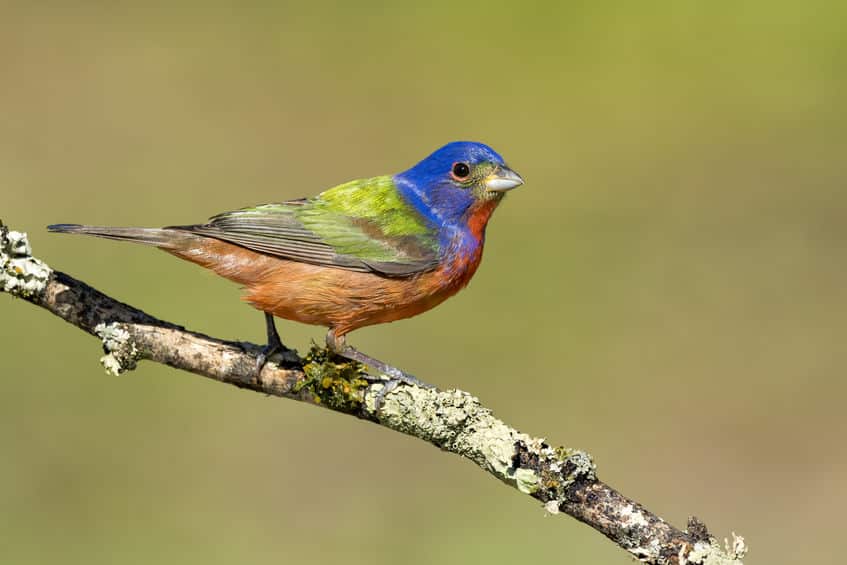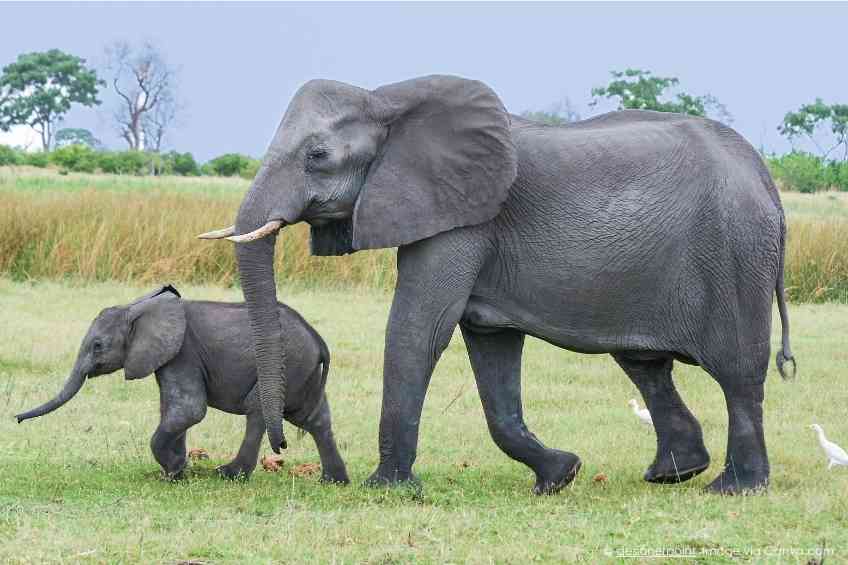By Sean Zucker –
Sometimes what seems like a beautiful irregularity may actually be an unsettling red flag. Look no further than Mother Nature for a recent example. Last week, a stunningly colorful and rare bird unexpectedly appeared in Maryland. It’s appearance charmed ornithologists but it’s reasons for being there are likely far less delightful.
The Washington Post highlighted the arrival when it reported last week that a male painted bunting was sighted outside the Chesapeake & Ohio Canal National Historical Park in Derwood, Maryland. The species known for its vivid fusion of bright colors featuring blue heads, red underparts and green backs is quite rare. Occasionally spotted in Florida and other southern states, it seldom, if ever, makes a showing in Maryland or other more northern locations.
Following a quick appearance on the Saturday after New Year’s Day, the bird returned Sunday to a larger enthusiastic group of watchers. “To see it close to D.C., that was absolutely unrealistic,” one spectator told the Washington Post. “They look like a splash of tempera paints splashed all over a canvas… In the winter, are you kidding?” echoed another.
Onlookers’ apparent disbelief is far from misplaced. Painted buntings, as noted, almost never surface that far north in the best of conditions. But in January it is almost inconceivable. This species usually hightails it to the warmer climes of Mexico before winter sets in. Showing its stuff in Maryland in January probably is emblematic of a much larger and more concerning issue.
The Washington Post underscored that concern by noting the painted bunting is one of several species included in a recently published study from the National Audubon Society that focused on the developing impact climate change is creating for bird populations. In what is the first peer-reviewed study of its kind, the findings determined climate change is causing a significant shift in birds’ ranges during winter and breeding season.
Quantitative ecologist at Audubon and lead author of the study, Dr. Sarah Saunders explained the dangerous impact of these shifts and what may be done to counterbalance them. “Climate change is disrupting hundreds of bird species, and thanks to community scientists all across the country, we can visualize these disruptions in real time and plan conservation efforts accordingly.”
After examining years of bird observations gathered by hundreds of volunteer participants, the researchers concluded that many bird species are vulnerable to climate change, which is in fact causing disruptions in their ecological health. The growing climate instability and rising temperatures are altering and confusing the bird’s migration. This may dramatically deteriorate their growth and lifespan.
Such disruptions could even have some mental health impacts on humans, according to a recent WellWell report.
But all hope is not lost. Luckily, Audubon scientists believe three-quarters of these vulnerable bird species can be protected by keeping global temperature rise below 1.5.













